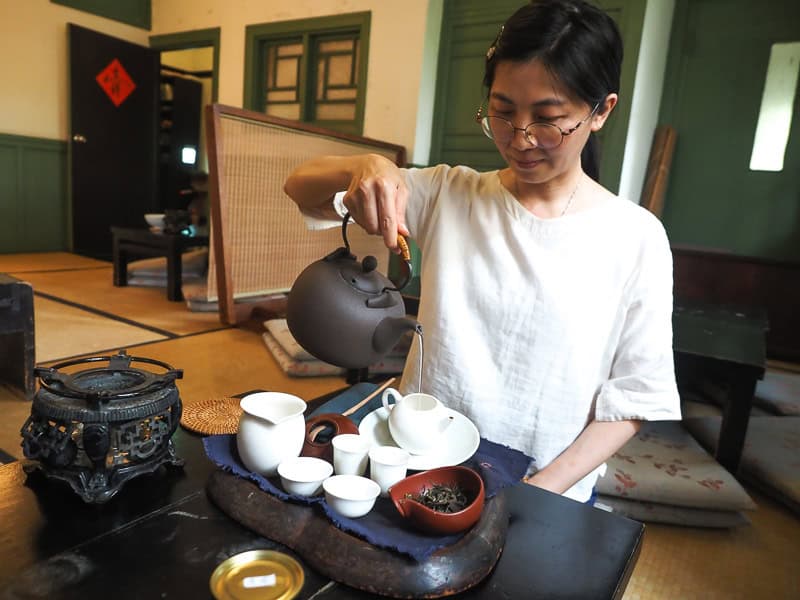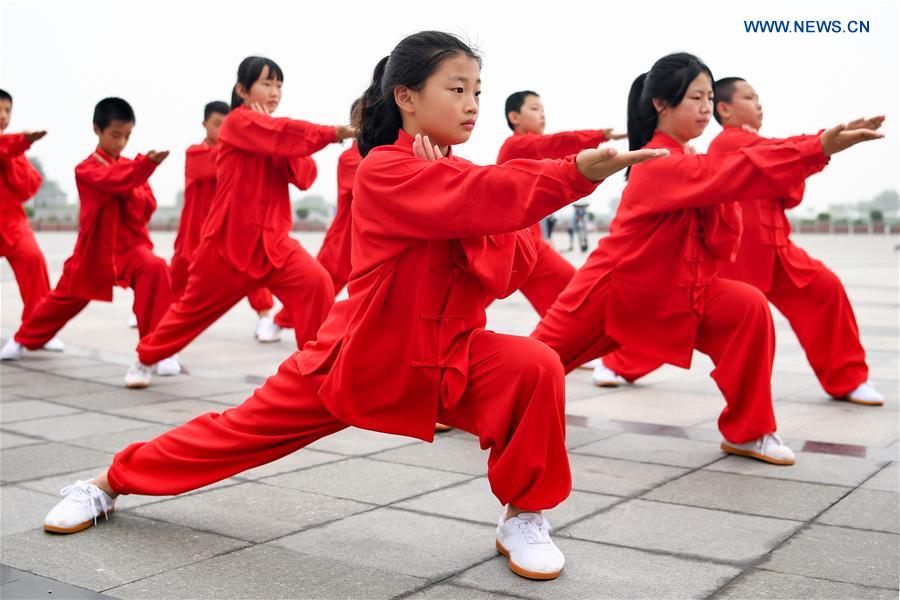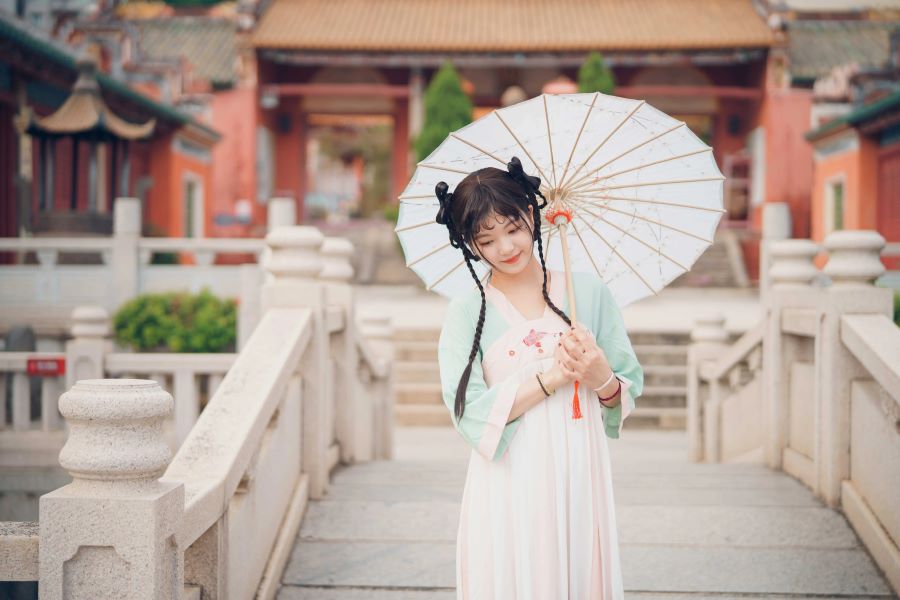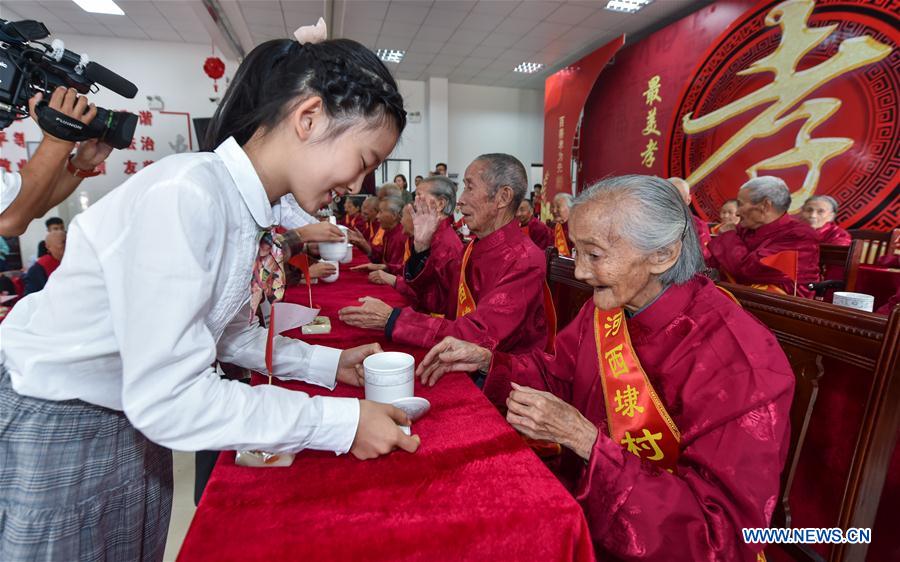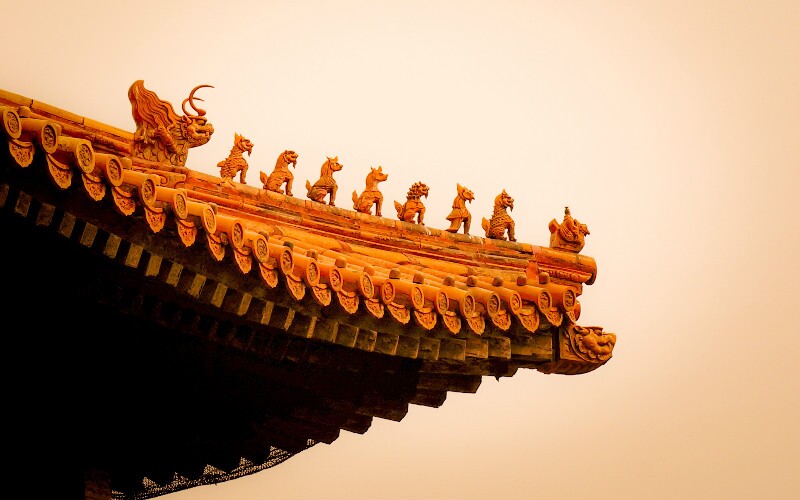
Immerse Yourself in the Vibrant Colors of Chinese New Year
As the lunar calendar flips to a new page, the world’s most populated country is transformed into a canvas of vivid hues. The Chinese New Year, also known as the Spring Festival, is a time of celebration filled with age-old traditions, sumptuous feasts, and vibrant decorations. One of the most striking features, however, is the extensive use of colors, each carrying its own unique symbolism and importance.
How Red Paints a Picture of Prosperity and Good Luck
Red, no doubt, is the most dominant color in all Chinese New Year festivities. During this period, it is impossible to walk down a street in China without being surrounded by an overwhelming sea of bold, fiery red. From lanterns gently swaying in the breeze, to couplets displayed on doors and walls, to the traditional attire donned by the masses, red is ubiquitous.
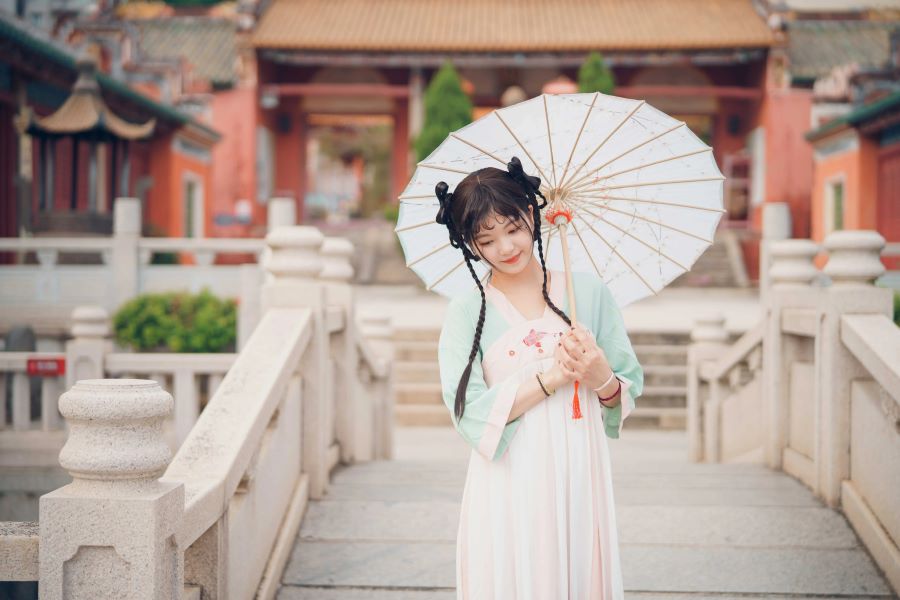
Why this obsession with red, you might wonder. The answer lies deep in Chinese folklore. According to legend, Nian, a mythical beast, would terrorize villagers at the end of each lunar year. It was discovered that Nian was afraid of the color red, and since then, red has been used as a talisman against evil and disasters. Today, it has become a symbol of happiness, wealth, and good luck, and is believed to ward off evil spirits and bring prosperity.
Golden Accents Signify Wealth and Success
While red is undoubtedly the star of the show, gold is its glamorous sidekick. Gold, or yellow, is another prominent color decorating the Chinese New Year, often seen accenting the red decorations. It is the color representing the imperial court and is directly associated with wealth and royalty.
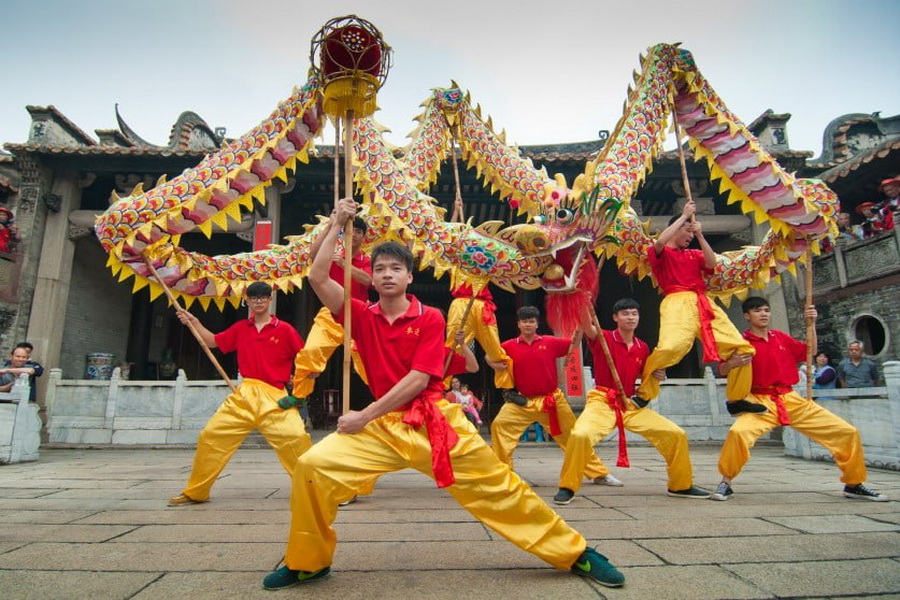
Dotted amidst the red sea, golden patterns and characters add a touch of luxury and prosperity. It is not uncommon to see golden ingots (Yuan Bao), paper coins, and other symbols of wealth used as decorations. It is believed that these golden accents attract wealth and success for the coming year.
The Hidden Meanings behind Other Colors
While red and gold are the most conspicuous, several other colors hold significant meanings during Chinese New Year.
- Green, for example, is associated with wealth, harmony, and growth.
- White, although generally avoided during celebrations due to its association with mourning, is used to honor ancestors on certain ceremonial occasions.
- Blue signifies healing and relaxation, and black is a symbol of power and career success.
These colors, although less dominant, are intricately woven into various aspects of the Chinese New Year celebrations.
As we wrap up this colorful journey, it is essential to remember that the Chinese New Year is much more than just a visual spectacle. The choice of colors and their symbolism reflects the Chinese people’s collective hopes, aspirations, and cultural values. Next time you find yourself immersed in the vibrant hues of Chinese New Year, take a moment to appreciate not just the aesthetic appeal, but also the profound cultural connotations that each color holds. After all, understanding these nuances is the key to truly experience and appreciate this grand festival in all its glory.


